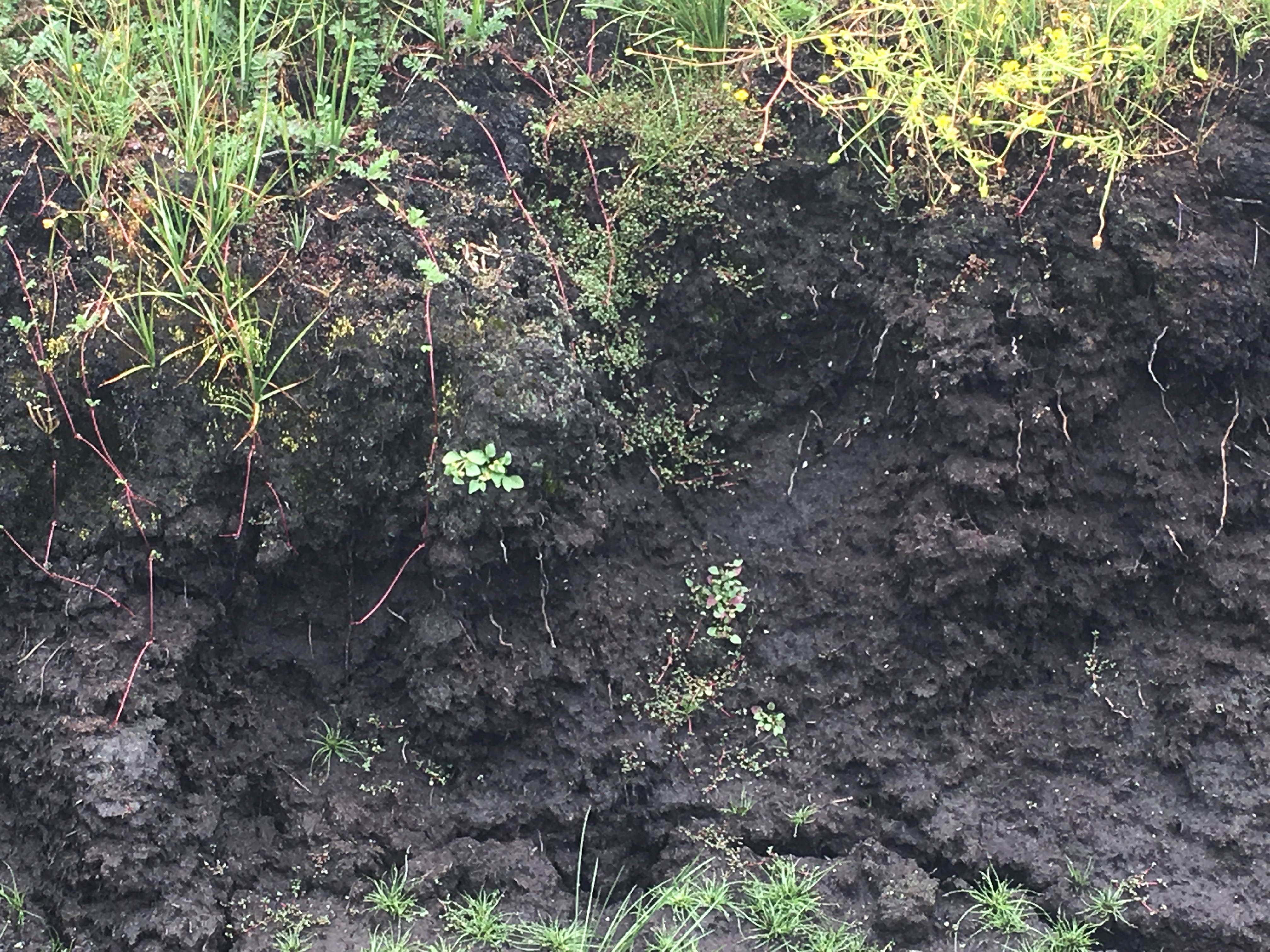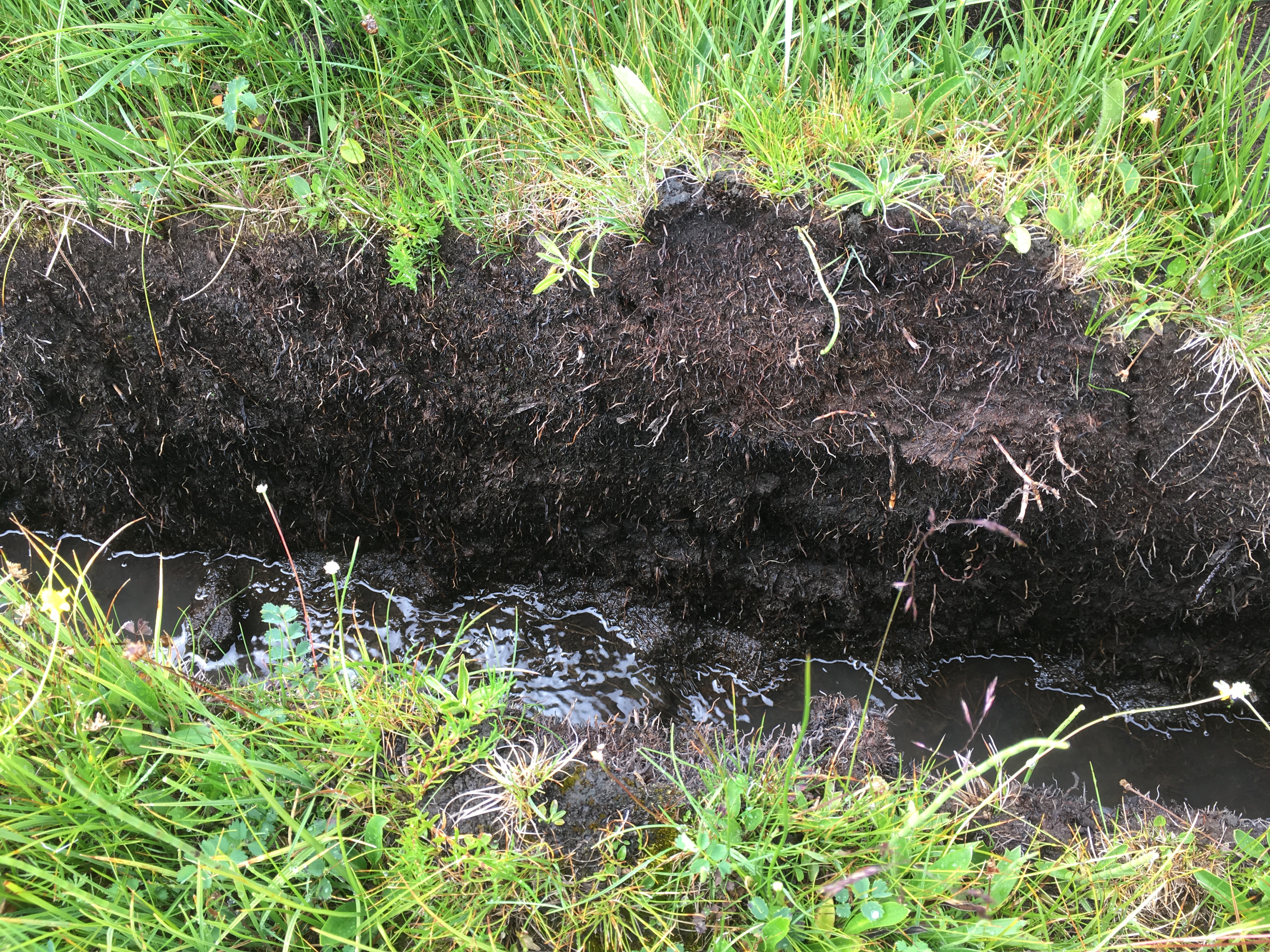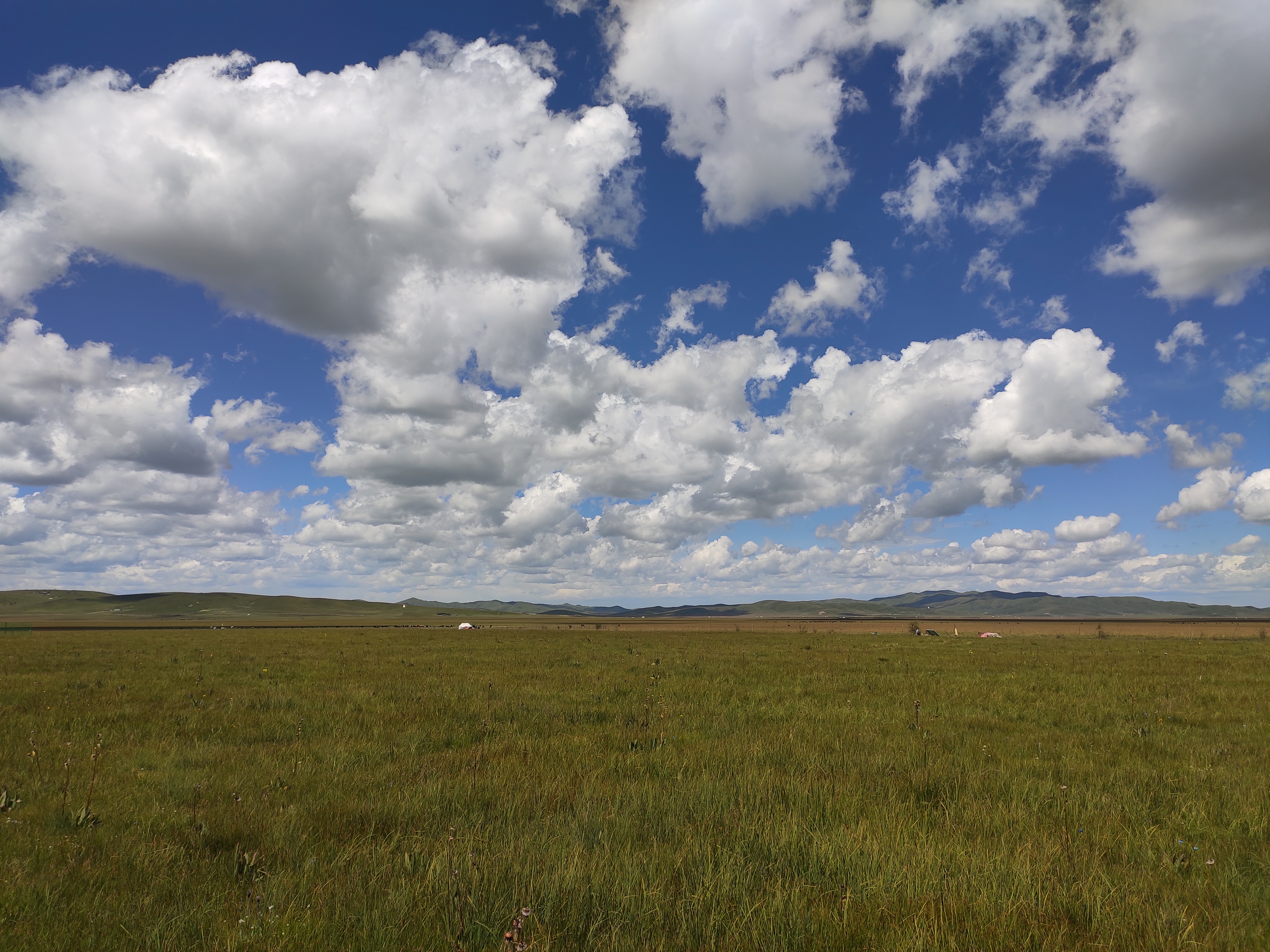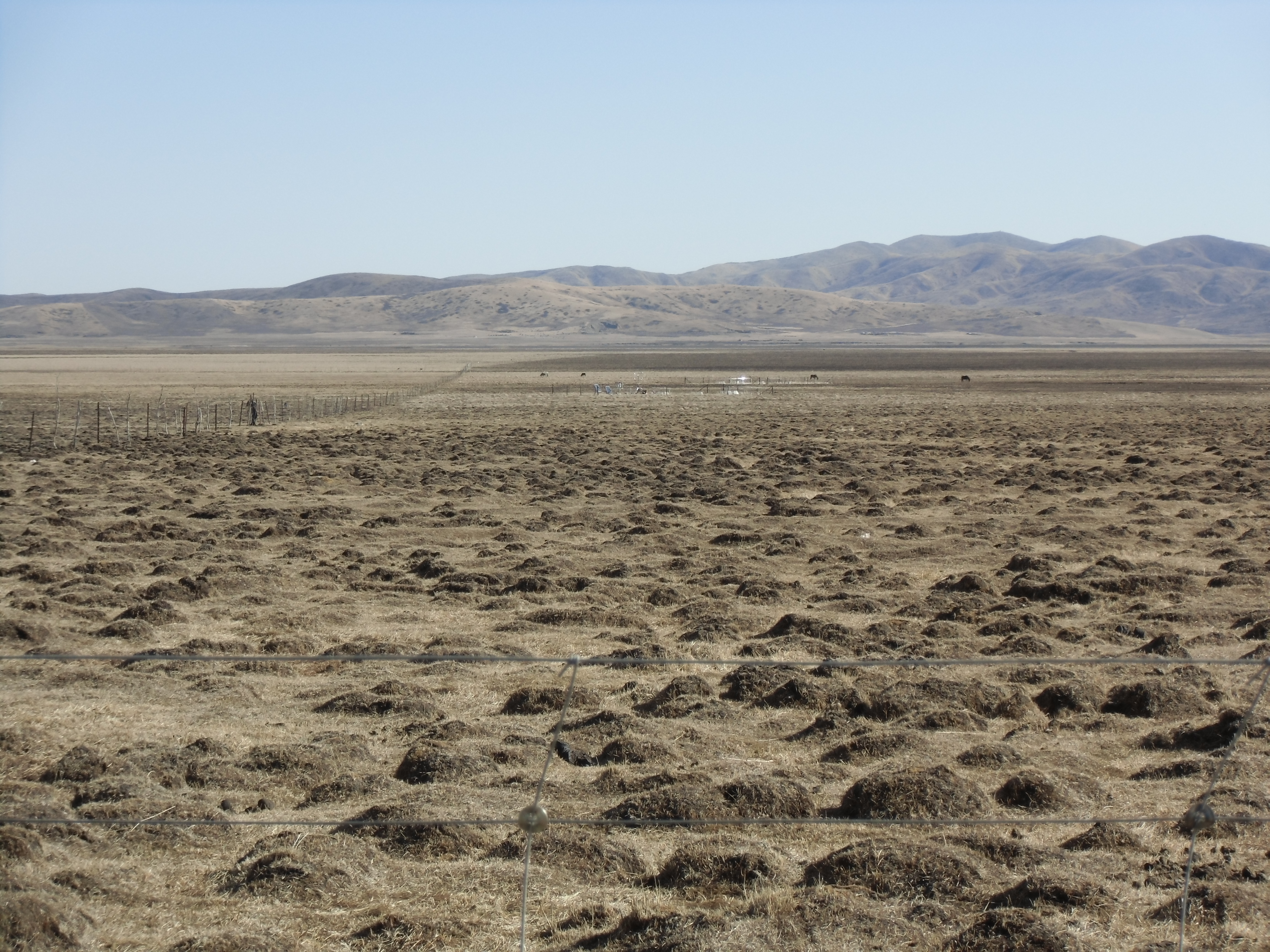Editor's note: June 5 marks World Environment Day, the theme of which this year is "Only One Earth." Climate change, one of the major environmental issues we face, is affecting our planet. As World Environment Day approaches, let's get closer to peatlands, nature's carbon storage that can mitigate climate change, and China's "dual carbon" goals.
Peatlands play an important role in mitigating climate change. They account for only about 3 percent of the terrestrial surface but store about 600 gigatonnes (Gt) of carbon or 21 percent of the total global soil organic carbon stock of about 3,000 Gt, according to an IPCC report "Climate Change 2022: Mitigation of Climate Change."
Peatlands are carbon-rich wetland ecosystems with organic soil horizons. Their year-round water-logged conditions slow the decomposition of plants, causing them to fail to decompose completely when they die, and accumulating to form peat.
Like oceans and forests, peatlands are carbon sinks that can absorb more carbon from the atmosphere than they release. Peatlands are the largest natural terrestrial carbon store. They store more carbon than all other vegetation types in the world combined.
However, peatlands in some places are degrading and turning into carbon sources.

Peat in Ruoergai peatlands. /Provided by Chen Huai
Peat in Ruoergai peatlands. /Provided by Chen Huai
"Conversion for agriculture, drainage, overgrazing, burning are main threats to peatlands, reducing their ability to store carbon or even release it," said Chen Huai, a researcher at the Chengdu Institute of Biology of the Chinese Academy of Sciences.
An estimated 600 to 3,800 megatonnes of carbon are released into the atmosphere each year due to peatland fires, equivalent to 1 to 3 percent of carbon emitted from fossil burning, he said.
Emissions from drained peatlands are estimated at 1.9 Gt of carbon dioxide equivalents (a term describing different greenhouse gases in a common unit) annually. This is equivalent to 5 percent of global anthropogenic greenhouse gas emissions, a disproportionate amount considering damaged peatlands cover just 0.3 percent of landmass, according to IUCN.

Peat in Ruoergai peatlands. /Provided by Chen Huai
Peat in Ruoergai peatlands. /Provided by Chen Huai
As peatlands degrade, the decomposition of soil organic matter accelerates, leading to the release of large amounts of carbon dioxide and exacerbating global warming.
What's more, climate change can, in turn, accelerate the degradation of peatlands. In boreal regions, permafrost thaws in the process of climate change, changing the geomorphic structure of peatlands and causing the degradation of peatlands. In tropical regions, peatlands become dry, increasing the probability of fires, changing the structure and function of peatlands, and promoting the degradation of peatlands. As the main distribution area of peatlands, middle-high latitude and high-altitude areas are sensitive to climate change, and their warming amplitude is much larger than the global average.
Not only can peatlands mitigate climate change, they can also deliver co-benefits for biodiversity, as well as regulate water flow and prevent downstream flooding.

Ruoergai peatland. /Provided by Chen Huai
Ruoergai peatland. /Provided by Chen Huai
China's peatland area covers about 4.2 million hectares, and carbon storage is about 1.5 Gt, accounting for about 8 to 30 percent of total soil organic carbon storage in China. Qinghai-Tibet Plateau accounts for 79 percent of the country's peatland carbon storage.
Ruoergai, or Zoige, located in the northeast of the Qinghai-Tibet Plateau, has the largest distribution area of peatland in China. Ruoergai peatland covers an area of 4,600 square kilometers, accounting for 90.4 percent of the Qinghai-Tibet Plateau and 44.1 percent of the country's peatland area, respectively. Also, its present carbon storage accounts for 88 percent of the total carbon storage of the Tibetan Plateau peatlands.
"Due to human activities, the degraded peatland area in Ruoergai accounts for 31 percent of the total peatland area in the region," said Chen. "Ruoergai peatland has a great potential for carbon storage. It is of great significance to strengthen the protection of peatlands and improve the intensity of carbon sinks to mitigate climate change."

Ruoergai peatland. /Provided by Chen Huai
Ruoergai peatland. /Provided by Chen Huai
In order to protect and restore the area, researchers have carried out long-term and systematic monitoring of hydrological, vegetation, soil, biodiversity and other aspects of the wetland ecosystem. A lot of restoration work has been carried out with good results.
"Managing peatland water resources scientifically to maintain appropriate hydrological conditions of peatlands, actively rehabilitating degraded peatland vegetation, and implementing science and technology to optimize the structure of peatland ecosystem and establish artificial peatland ecosystem are key ways to protect and restore peatlands," said Chen.
On June 1, China's new law on wetlands protection took effect, marking the start of systematic legal protection of wetlands. China will continue to protect and research peatlands, this special ecosystem, to mitigate climate change and achieve "dual carbon" goals.
(If you want to contribute and have specific expertise, please contact us at nature@cgtn.com.)

